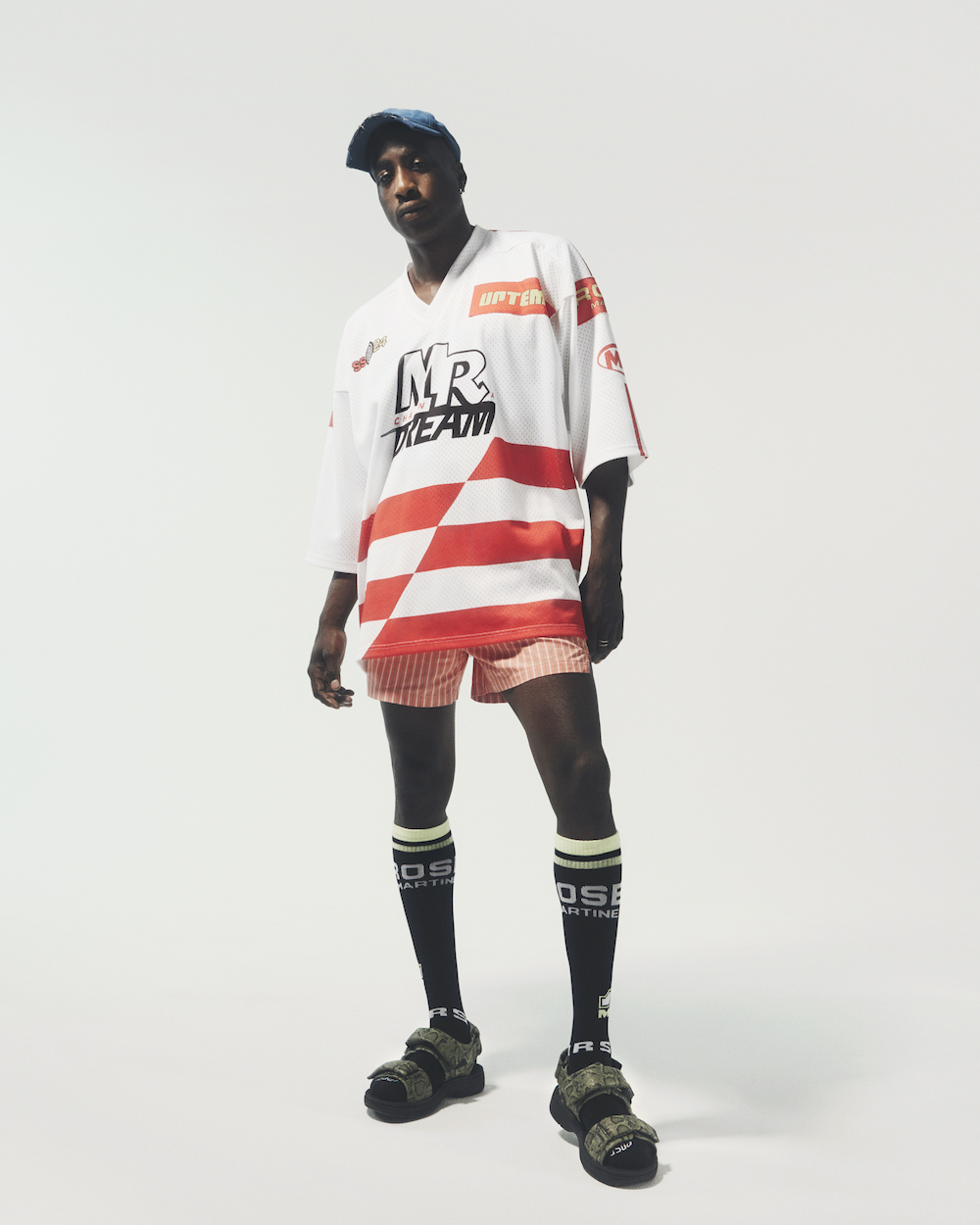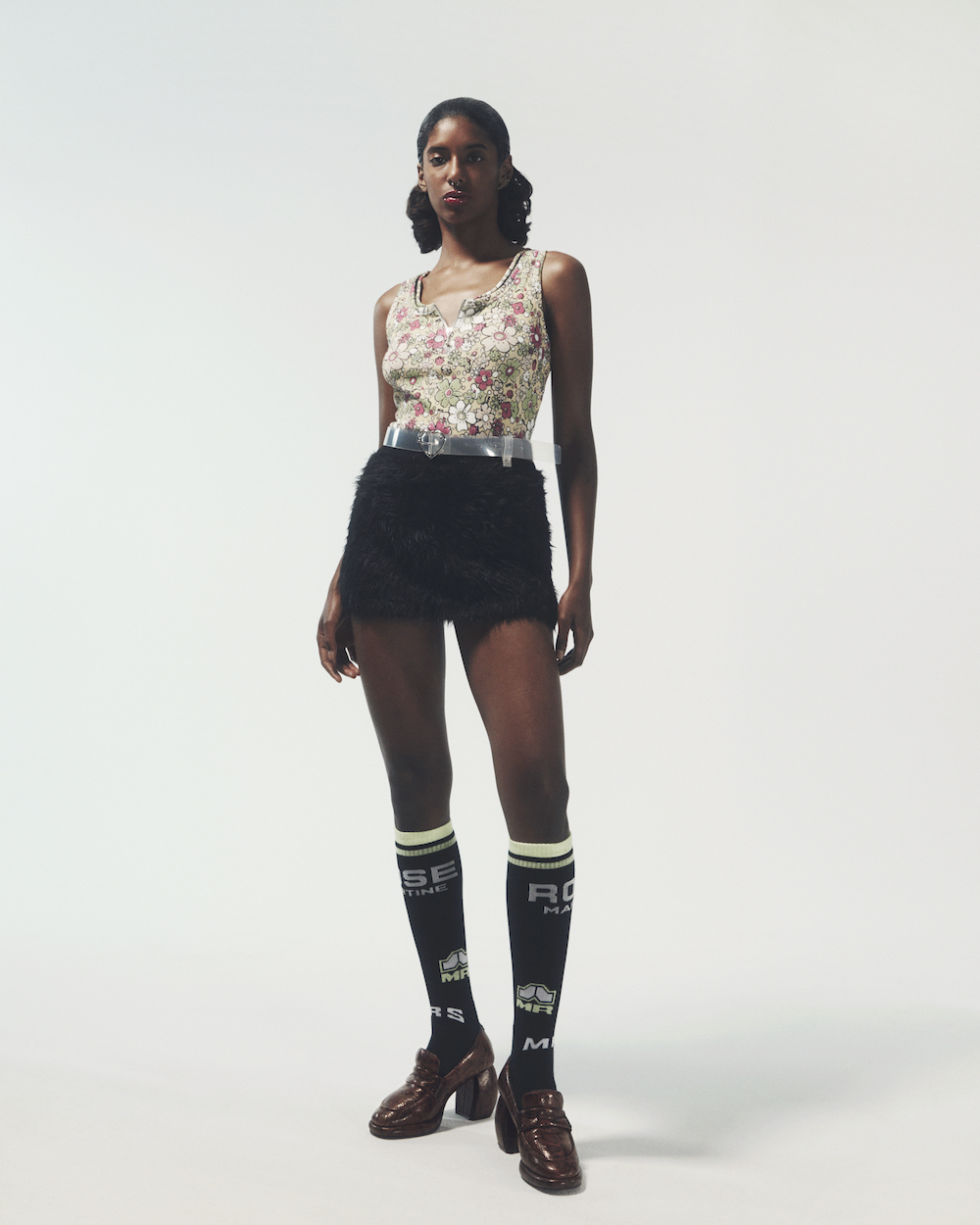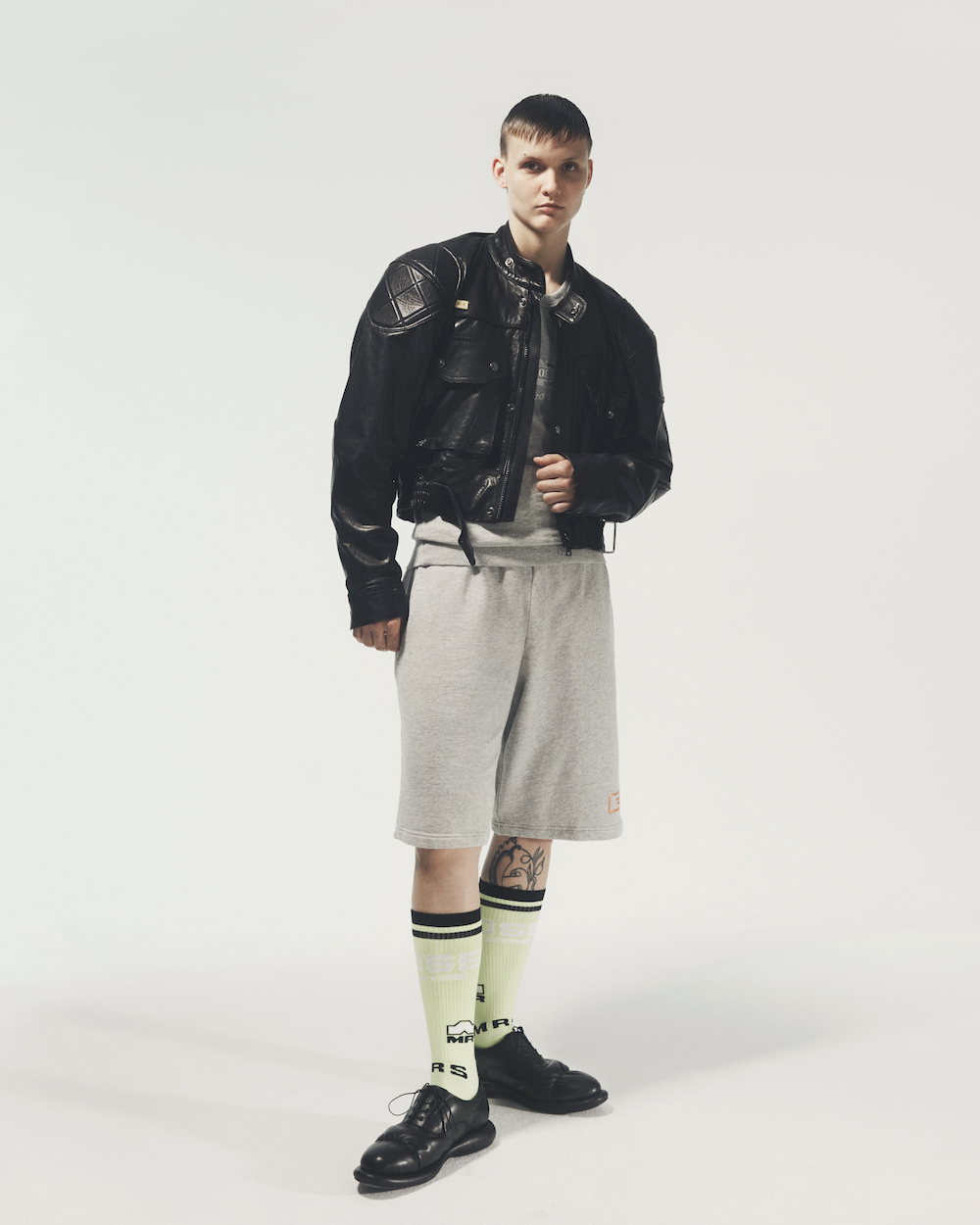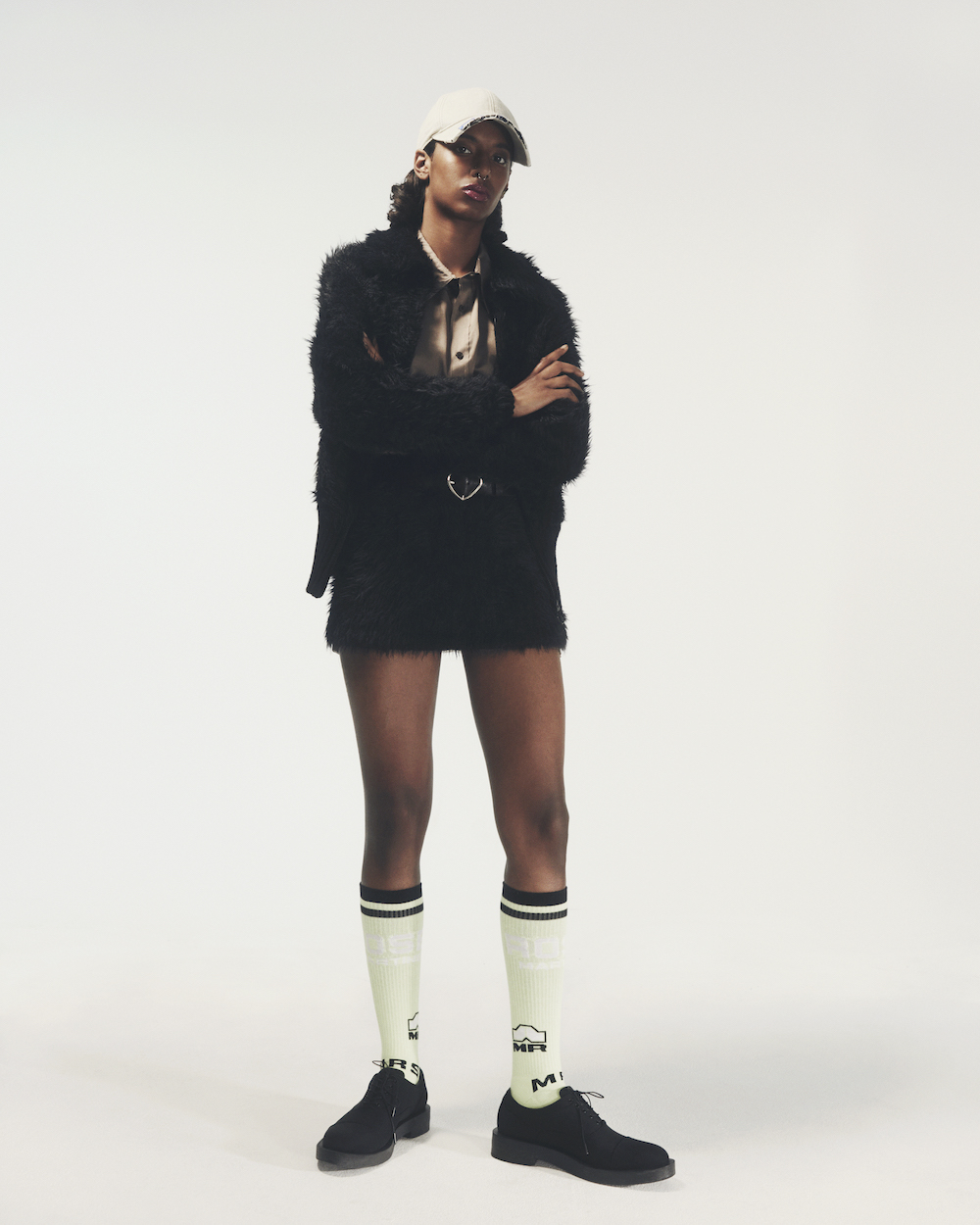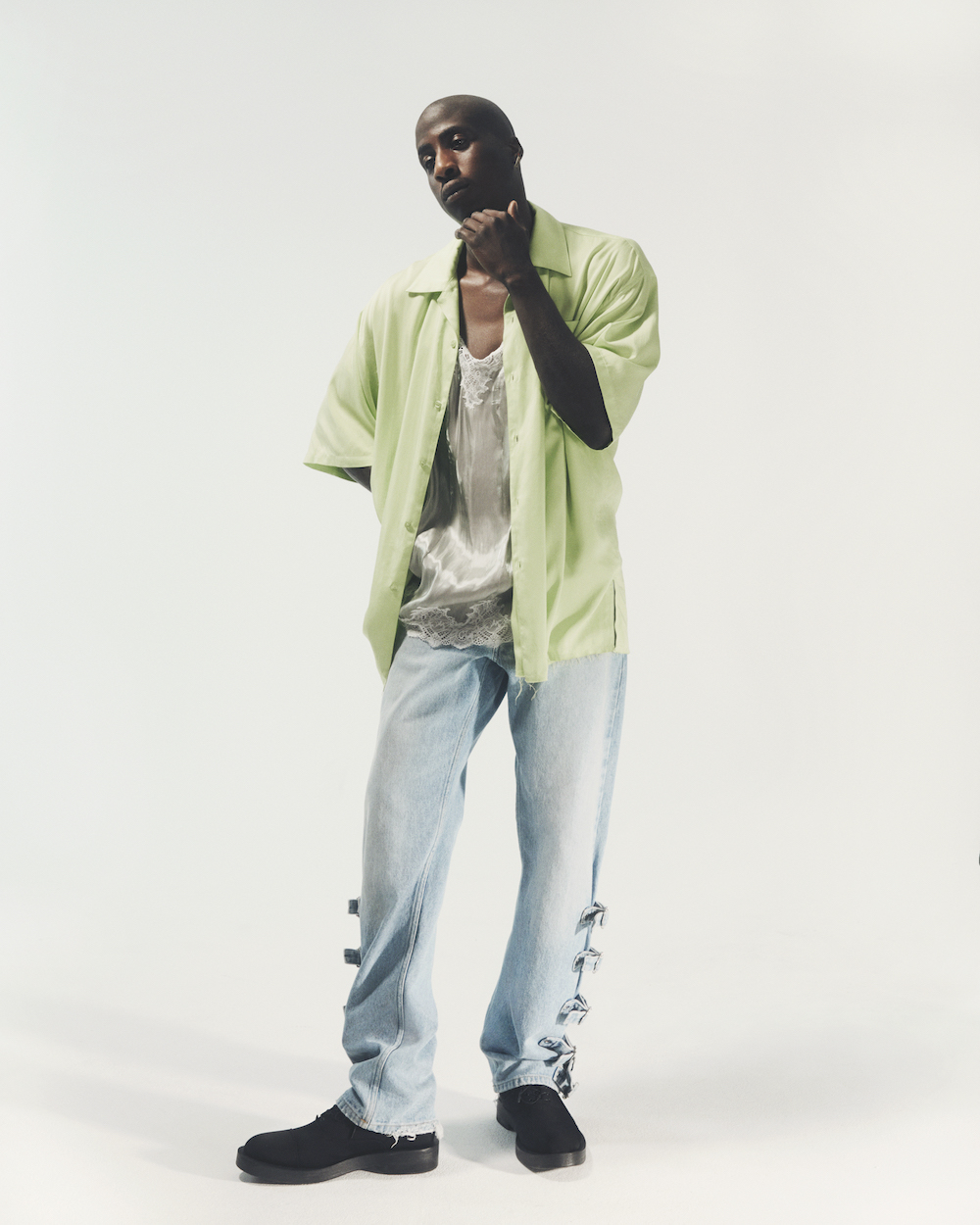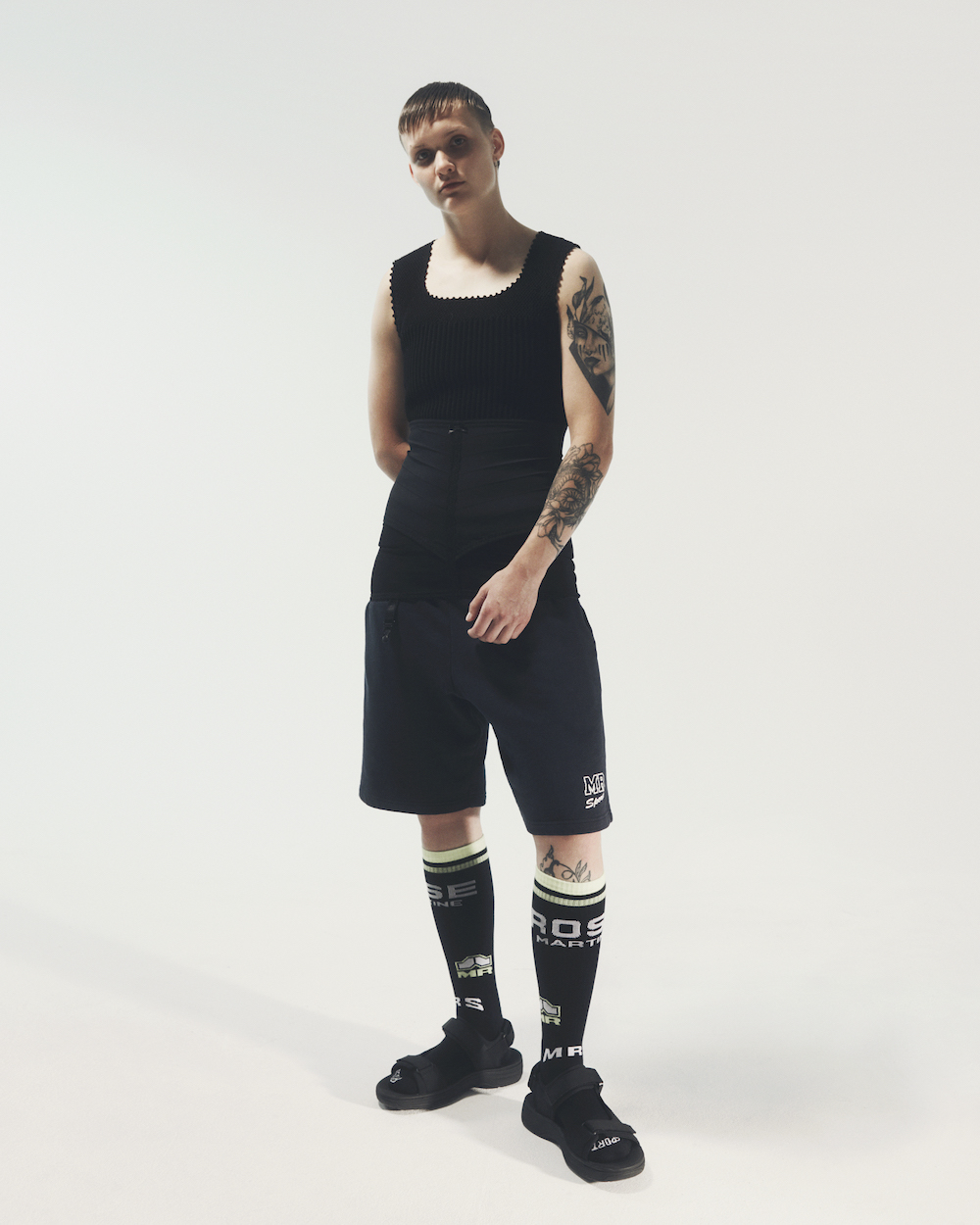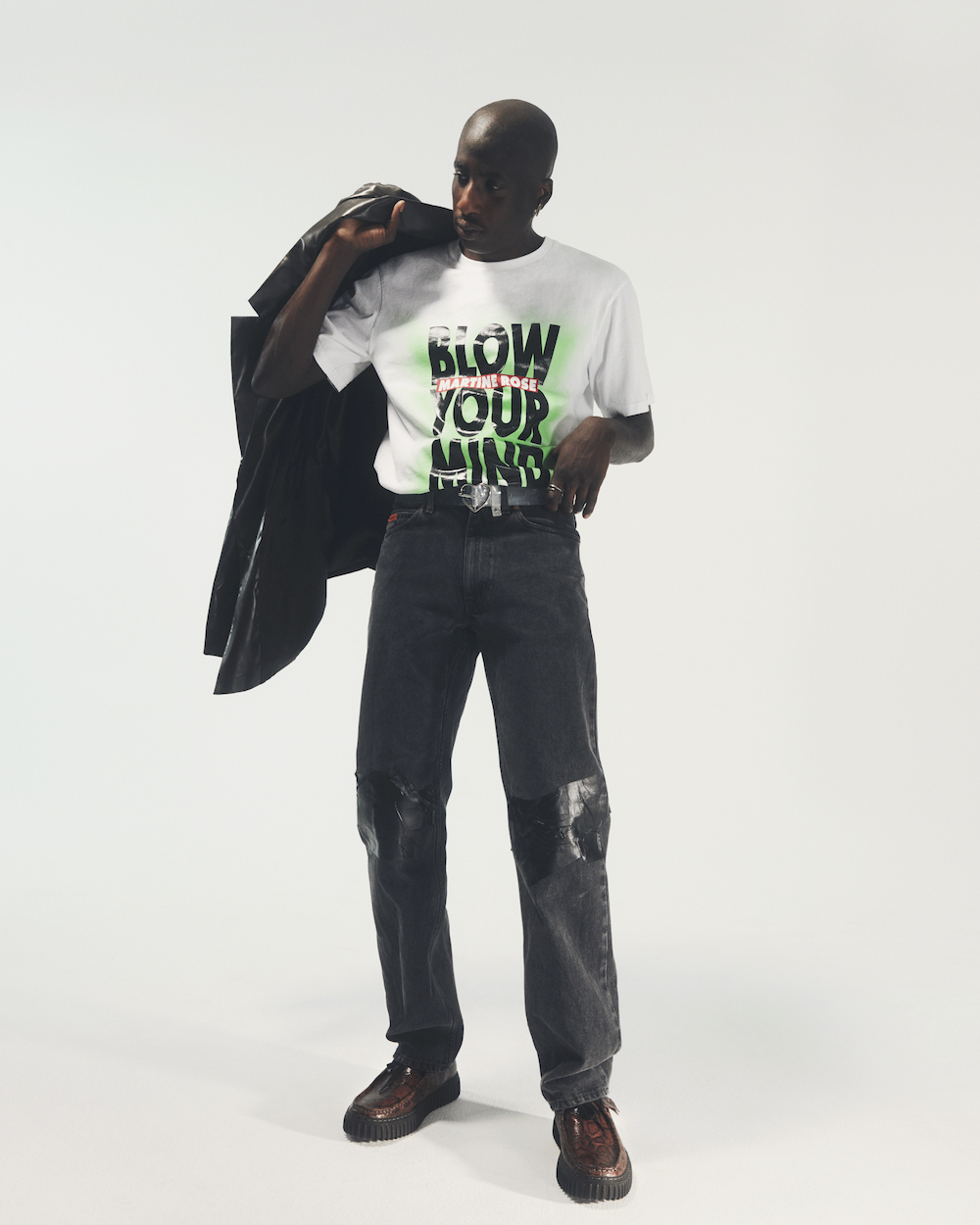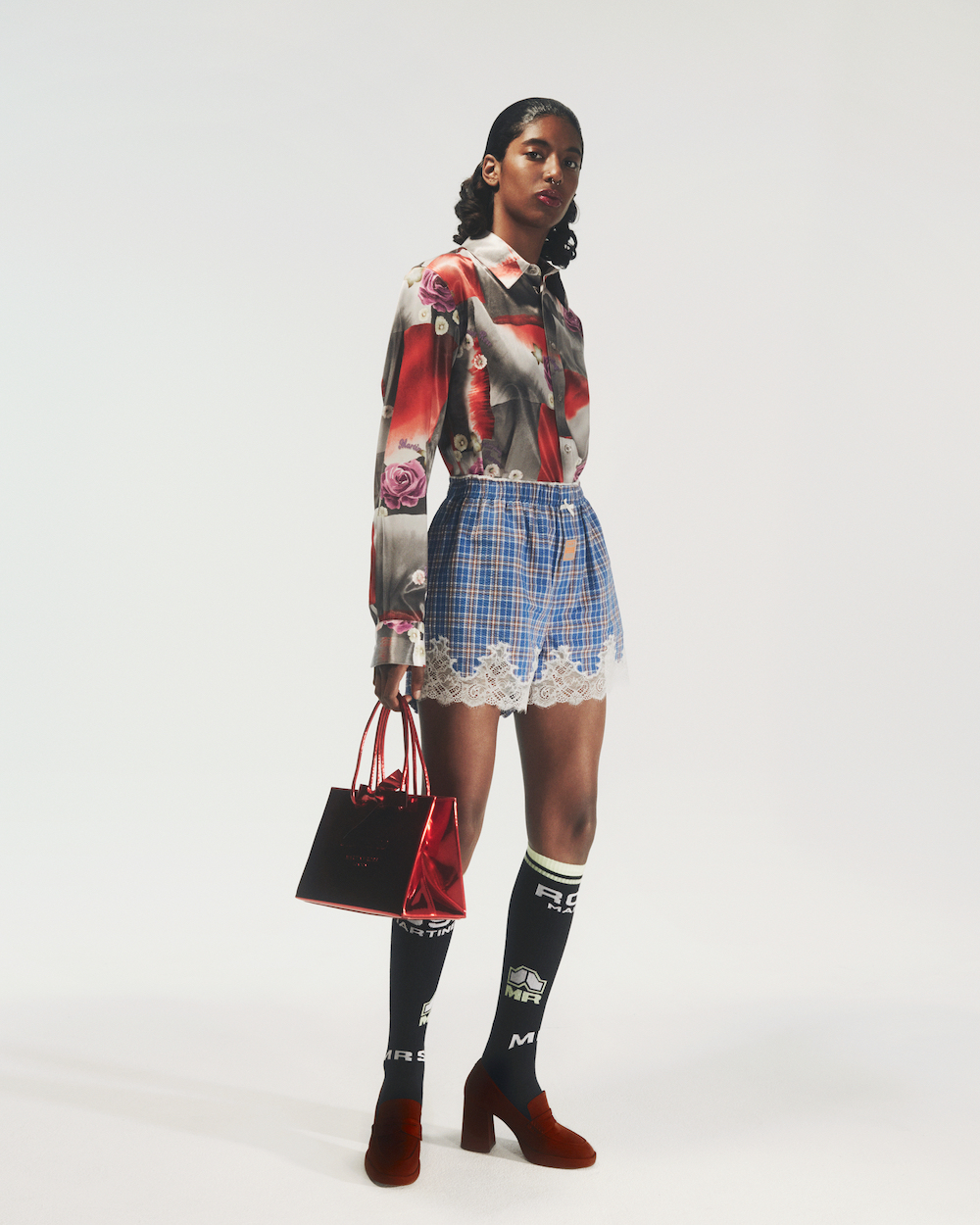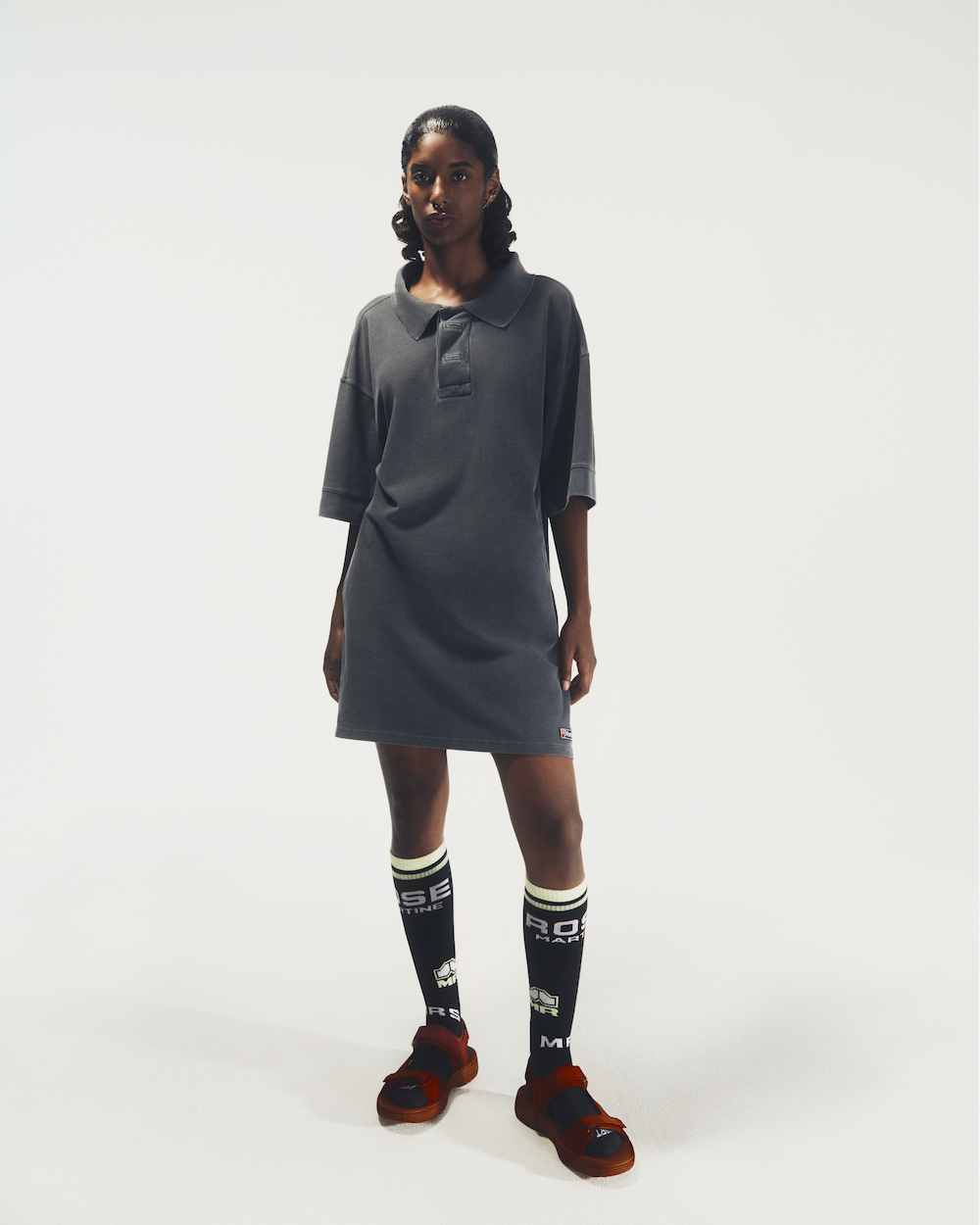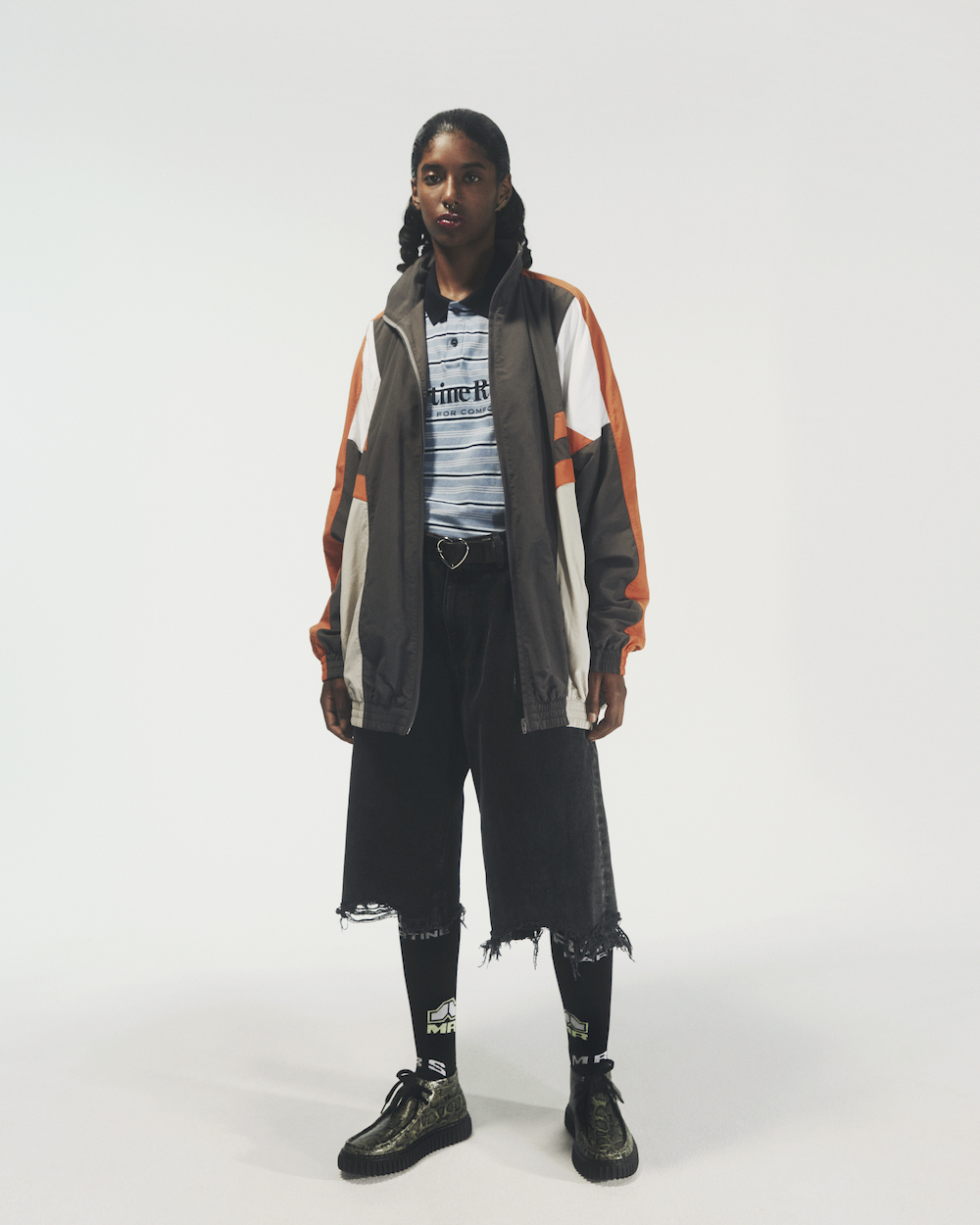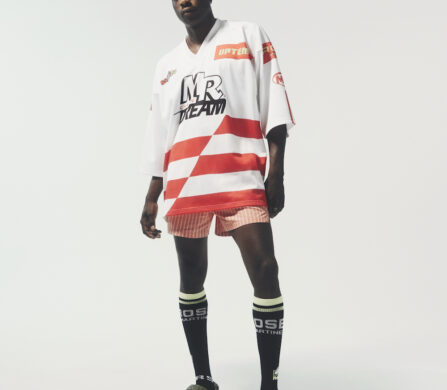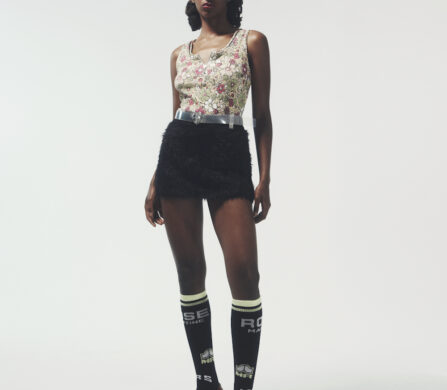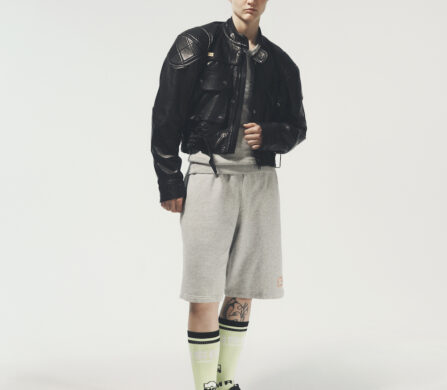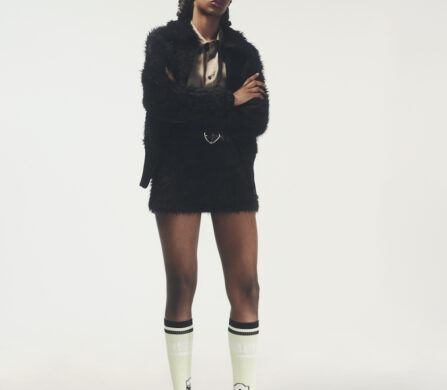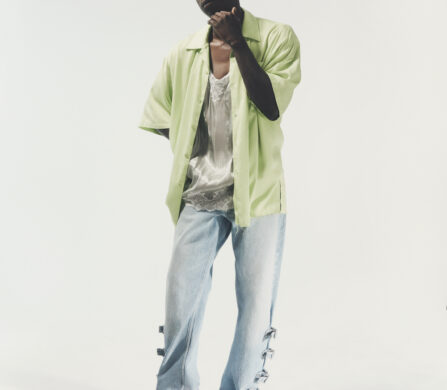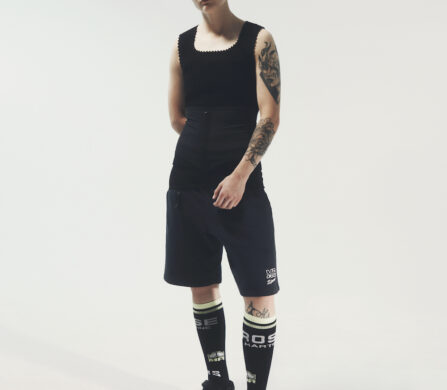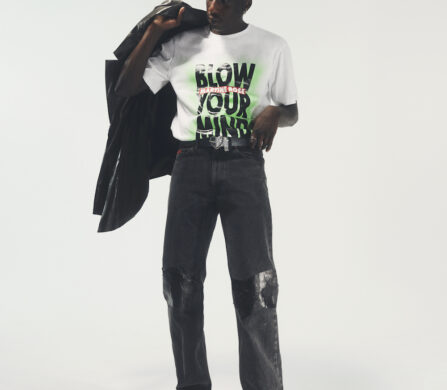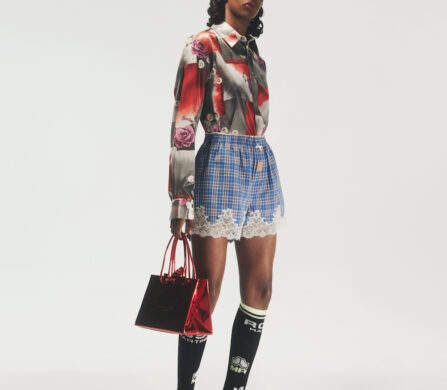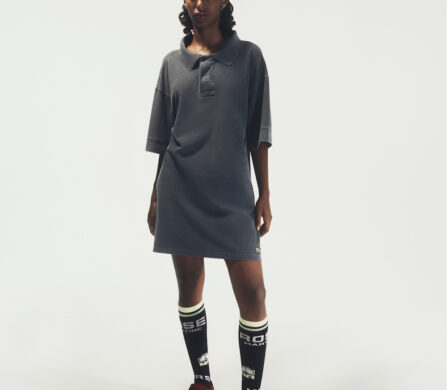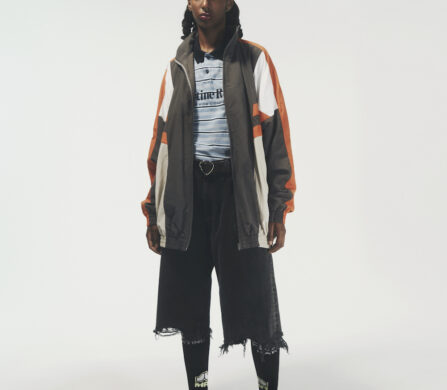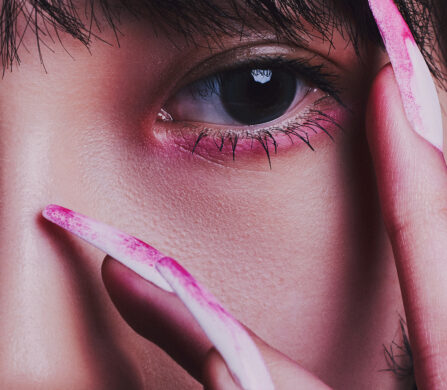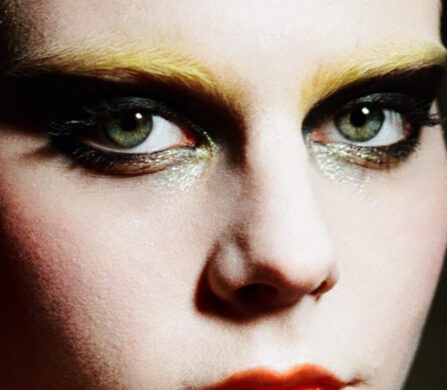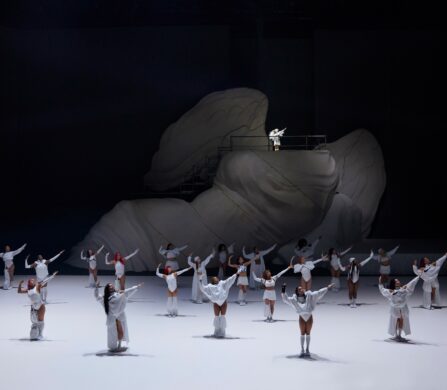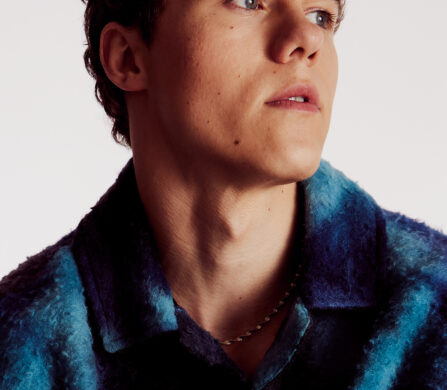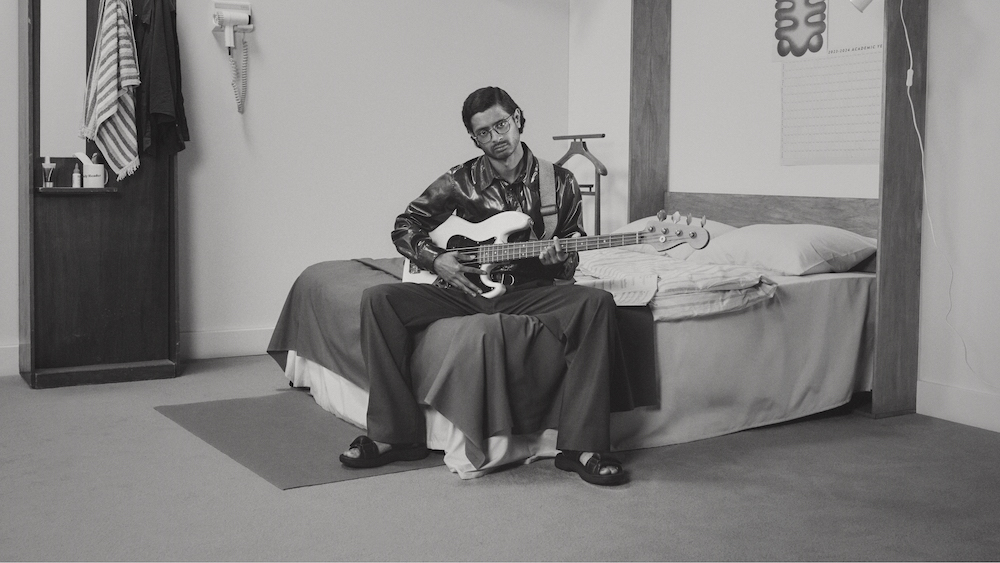
A hallmark of British heritage, Clarks have a history in shoemaking worthy of the greatest history books. The casual shoe as designed and crafted by Clarks has been a favourite for generations, with almost two centuries of history behind them. As 2025 approaches, and with that, the two hundredth anniversary of the brand, Clarks continues to reinvent its familiar codes.
As Clarks showcased their upcoming collaborations and collections during Paris Fashion Week, Schön! caught up with Olivier Motteau, Managing Director for EMEA, to delve into the heritage of the brand, and the ongoing collaboration with an up-and-coming British icon in the fashion industry – Martine Rose.
The collaboration with Martine Rose is ongoing – she showcased her designs for Clarks in her recent surpise show during Paris Fashion Week, notably. What makes this relationship so special?
Martine Rose, I feel, likes projects like this, she fights against elitism, she fights for creativity that remains accessible. That’s Clarks’ positioning, to remain within everyone’s reach. For us, it’s important to remember that we’re rooted both in the world of creativity and in the idea of innovating with products – that’s the company’s history, going back 2 centuries. It’s a logical progression. We love creativity, we love minds that approach products in a different way.
When it comes to Martine Rose, she, like Clarks, seems to work on the codes of British heritage…
Absolutely – there’s a very, very clear synergy between Clarks and Martine Rose – there’s something very, very strong about our link to England, but also about her origins, which are Jamaican. Clarks was very close to Jamaica, for historical reasons, and there have been books written about it – Clarks in Jamaica in particular. So it seemed obvious to us that the Jamaican community, which has a cult following for certain Clarks products, should work with someone from this community.
How is this heritage reinvented by Clarks?
You have to know our history. It seems that we were the first brand to invent the casual shoe, i.e. the shoe with a flexible sole, not hard sole or smart: a casual shoe to be worn in town. In the 1950s, for example, you had work shoes, formal city shoes and then wooden clogs and what was worn in the countryside, but there was no flexible sole. They already existed on sports shoes, but they were not worn in town. They were worn in the city from the 1970s onwards, with the Stan Smith. But the first flexible shoe, as we used to say, and as we still say today, you have to wear in your shoes, whereas with Clarks that’s not the case. This is a heritage we still stick to.
Then there’s the use of leather, and staying in the right price range. We also want to create sustainable products, which last more than 2 seasons. Much of what we produce is recyclable. This allows us to reuse soles, if they are not worn, for example.
The image of Clarks has evolved over recent years – who would you say wears Clarks in 2024?
A lot of people [laughs] We’ve got two centuries of history behind us. It may sound insignificant, but when I say we were created ten years after the Battle of Waterloo, it sounds different.
That’s incredible!
You see? The reaction is completely different. In 1825, the founders of the brand, the Clarks brothers, created a shoe that they called Clarks straight away. We still have our original lasts, because the comfort of a shoe always lies in the last, which is always handmade and then reproduced for production. Which is exceptional, by the way, because not many brands still do it by hand. We’ve spoken to generations and generations of people. A lot of people who are 50 or 60 years old tell us they used to wear Clarks, and we have much younger people who wear them today.
It’s also a shoe that people wear for a long time. More or less everyone is now aware that the environment is a fundamental issue. We’re not going to walk around barefoot tomorrow, so we’ll always need shoes, and shoes that can be reused, that can be worn for longer: that’s the future.
What comes next for Clarks?
The big next step is next year as it will be the brand’s bi-centenary. That’s when we’ll be speaking. Not just to talk about the past, but also to look to the future. We’re always linked to creators, to artists, so we want to say, what’s next, with them, for the next two hundred years?
One incredible thing is that the brand was founded by Quakers – a religion derived from the Anglican faith, and there’s a Quaker tradition whereby the women of the family keep a record of major events in a household book. So the day the Clarks brothers founded the brand was recorded in a book, with all the details. As a result, we have two hundred years of archives on the entire history of Clarks. I’ve seen displays that were presented in shops that date back, if I remember correctly, to 1866.
We have a lot of original designs, because the brand has always worked with great photographers, illustrators… This archive covers the equivalent of half a football pitch, everything is kept at 17°C, in a sort of bunker so that it doesn’t get damaged. People like Martine Rose love it – you don’t have to invent things, you just have to look at our DNA and extrapolate from that.
Discover the new Clarks collections here.
interview. Patrick Clark
Images of Clarks’ AW 2024-25 collection courtesy of Clarks.














